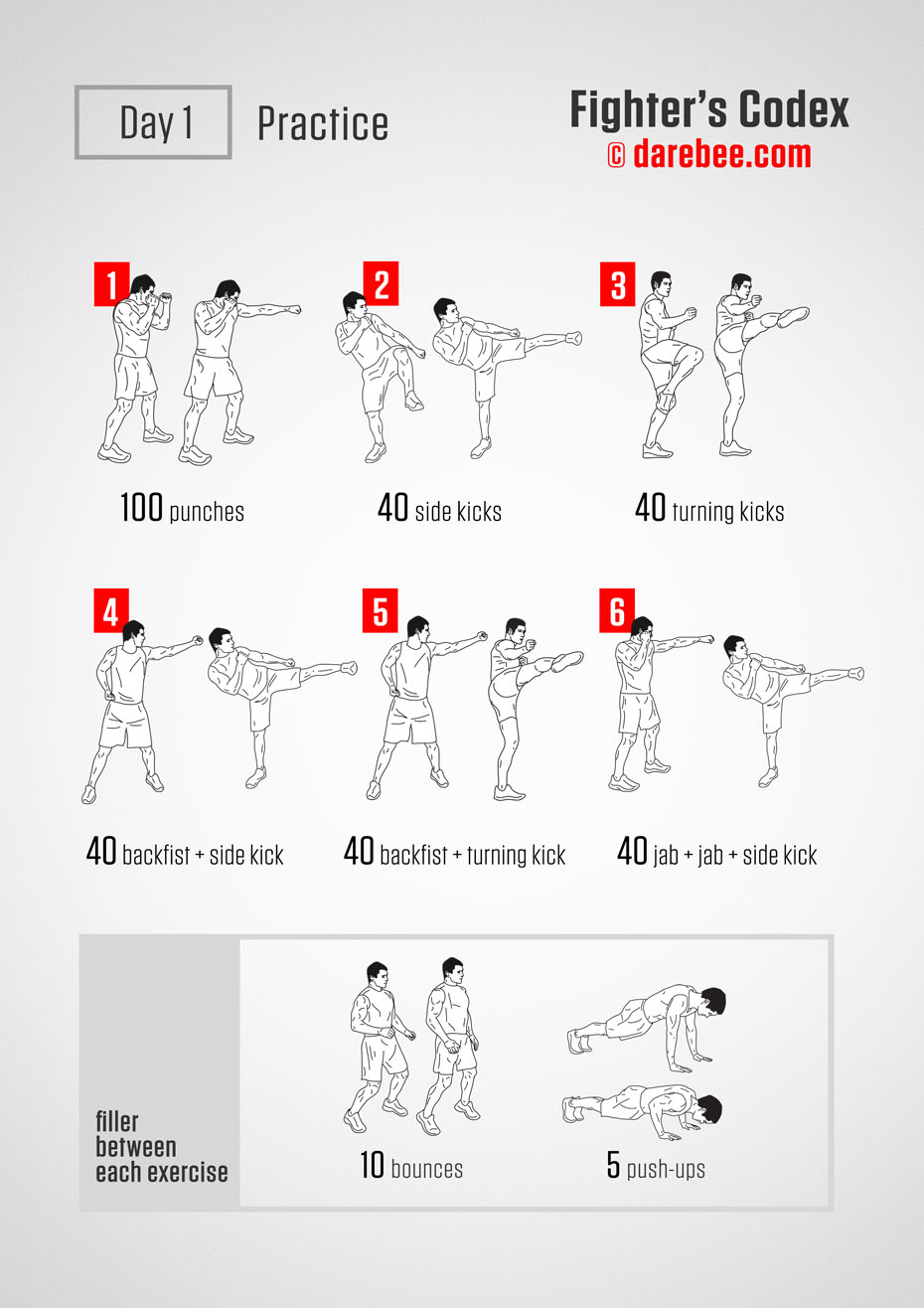
There are three things that make a perfect fighter and they all work in a complementary manner in the end: Flexibility, tendon strength, neuron density in the muscle. To understand why consider them in reverse order:
Neuron density is achieved through repetition. Repeating moves helps create “form” which is another way of saying muscle memory. This builds up neurons in the muscles being worked that makes them more responsive so they are faster and they are stronger.
Tendon strength is required for execution and muscle stability. When you use a turning kick, for instance, you are partially using the strength of your quads and the speed of your body and your weight but none of that will really help if your side hip flexors are not strong enough to raise the leg without effort. If your tendons are not strong enough the ‘heavy lifting’ is done by your muscles which means you use up a lot of your strength just to execute each move, dissipating its power.
Flexibility is about degrees of freedom in your body. If we stick with our turning kick example, in order for it to be fast and powerful you also need flexible hamstrings. If your hamstrings are tight you end up using a lot of the power of your kicking leg just to execute the kick so by the time your foot hits its target it hardly has anything left to deliver. Tight hamstrings in your supporting leg mean that your balance is not quite right which will also affect the form of your kick.
Fighters who work on form, flexibility, tendon strength and muscle density end up being in total control of their own body. Ultimately that is what being a fighter is all about. If you do not control your body, there is no hope of controlling anybody else’s long enough to beat them.







